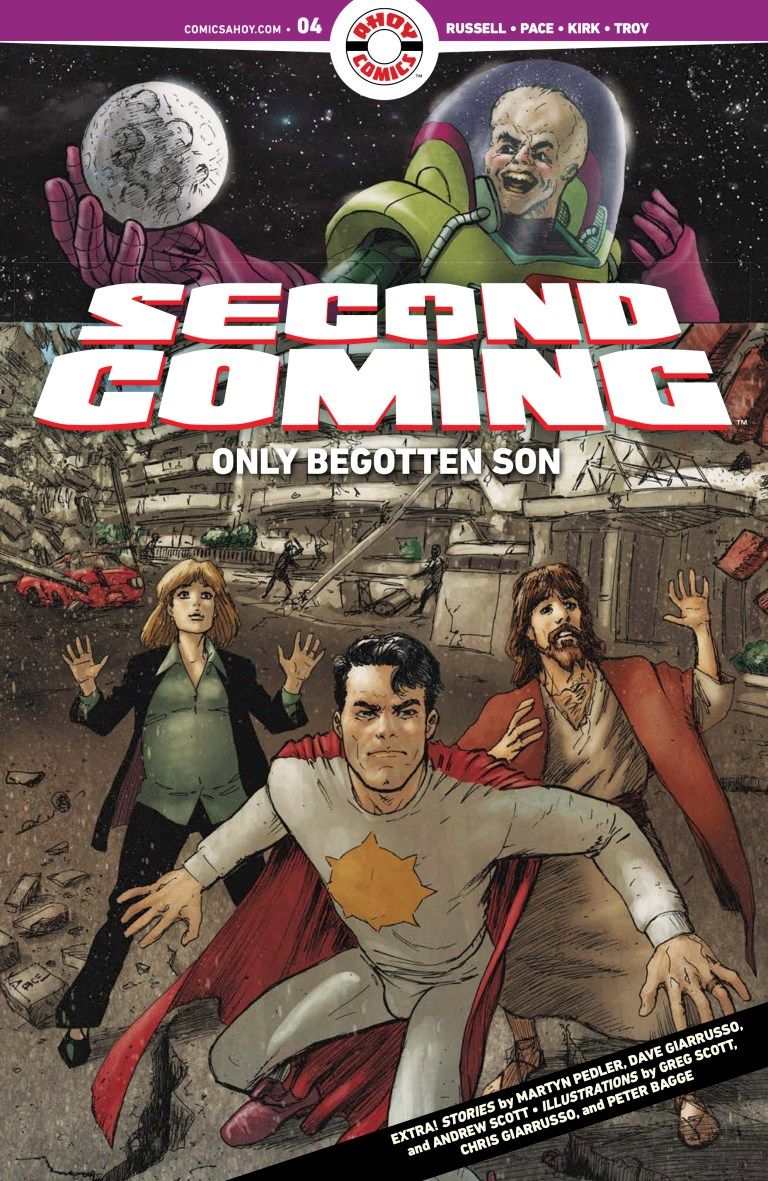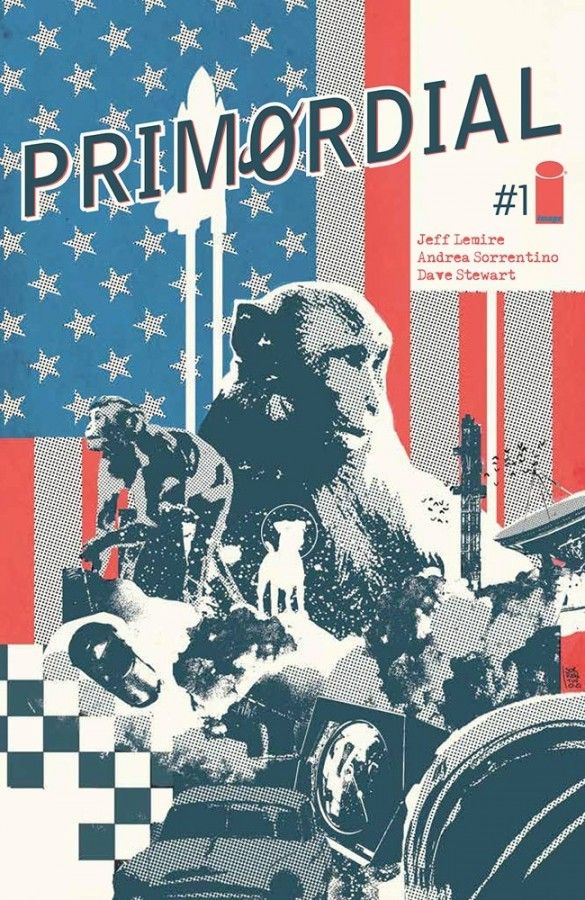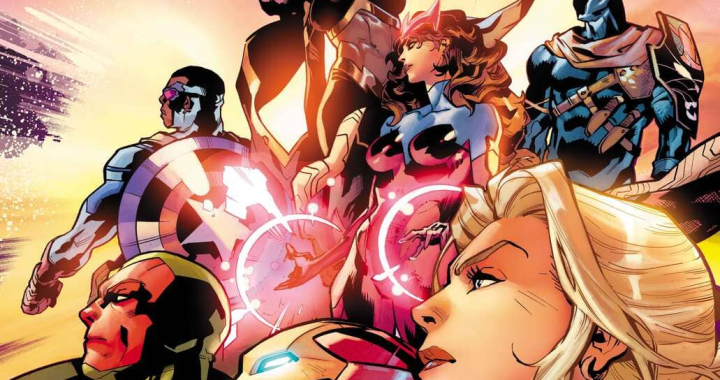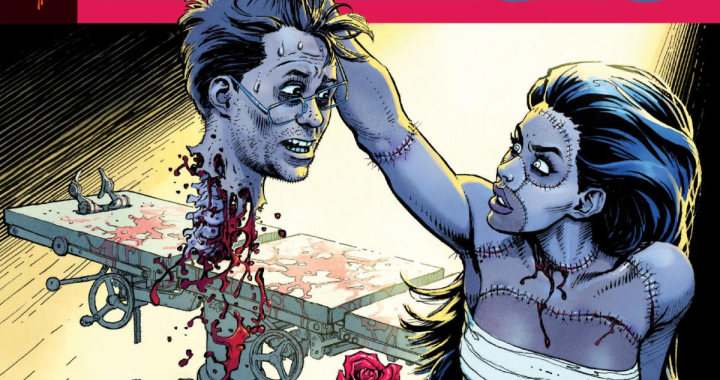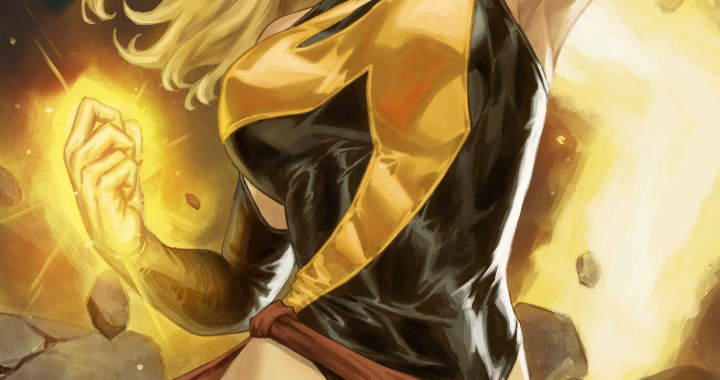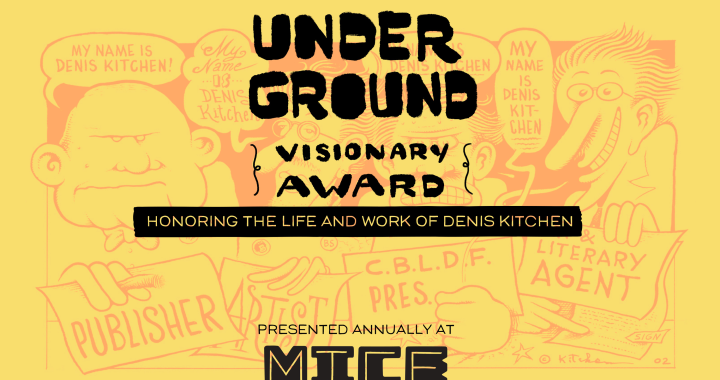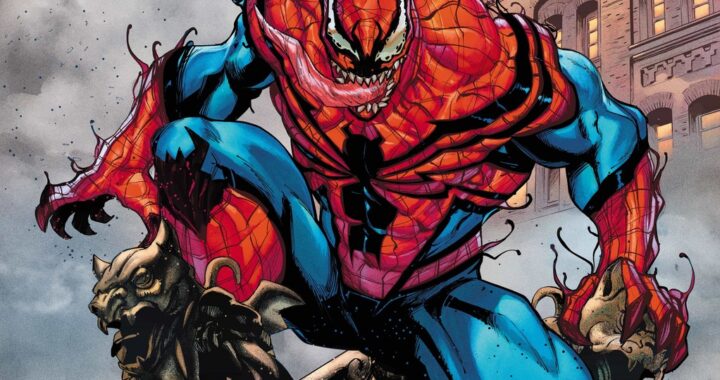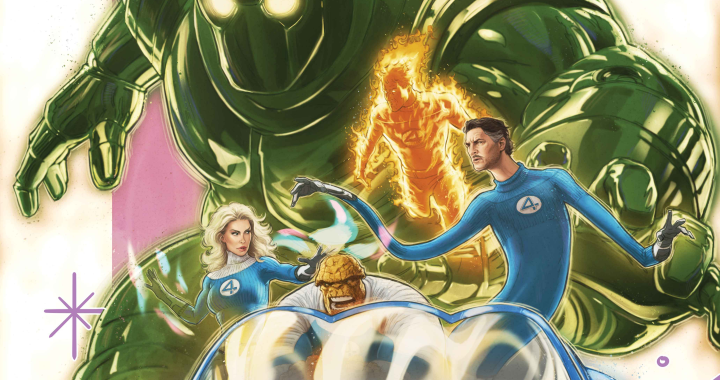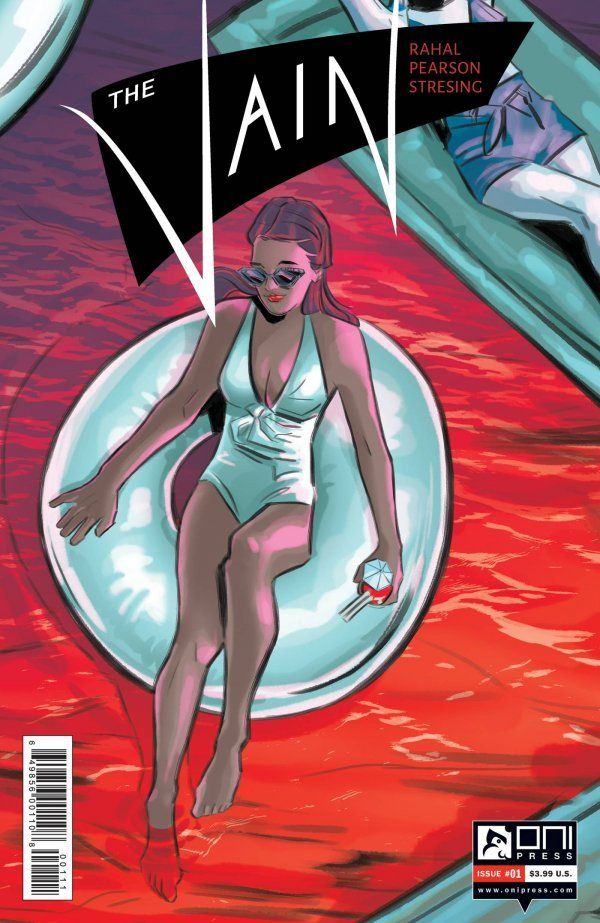
REVIEW: Vain #1
Fighting against how others automatically define you is no easy task. Often where you come from, what you look like, or what species you are is all people need to determine your character and moral fiber. Obviously, the species bit is not something we have in real life. That is why we have comics. The Vain #1 looks to demonstrate vampires can be more than bloodsuckers along with the allegorical implications that go along with it.Â
The title comes from a group of vampires that calls themselves The Vain. Instead of chomping on necks, they have been going around the country stealing blood from blood banks. Unlike past infamous gangsters like John Dillinger, this group is not out for cash and makes a point that no one is hurt-at least physically. They may find pleasure in messing with their mental psyche from time to time. With it being 1941 they have learned from the past mistakes of people like Dillinger and their own personal longevity. Who they are and what they want is nothing more than a rumor.Â

Cleary by going through all the trouble of robbing these blood banks these are vampires with a hint of morality. They go out of their way to ensure no one is hurt. At the same time, they are not against killing. If they kill they just like to make sure the person they are tearing into pieces deserves that type of treatment. Apparently, they are about rejecting convention as much as possible. They not only reject vampire convention by human as well. Love is love is a mantra they feel strongly about.Â
Those elements do make them compelling to follow. By avoiding cliche“ it leads to a level of unpredictability that keeps the story generally exciting. What got them to this point and what they ultimately hope to achieve is still unknown. Perhaps they do not even know as based on how this issue ends they are a bit sporadic. You wonder if they are primarily propelled by their primordial urge to avoid boredom.Â
While as a collective there is a lot to chew on, individually their characterization is more scattered. Outside of the main vampire, most of them have little to no defined personality. It is like going out to meet a new group of friends. Due to the size of the group you barely know them more by the end of the night than you did at the beginning. You had a good time and enjoyed the general vibe of everyone. God help you if someone asked you what someone“s name was.Â

Part of that vibe comes down to how they all look which is where the art comes to play. Artist Emily Pearson“s strength comes from her storytelling. She utilizes a lot of thick separation from her panels which makes it a breeze to read. This is the type of comic that is great to give someone who never read a book before because the fluidity between panels is always obvious and easy to follow. It is not without a downside. By their vary nature it gives her less room to work with. Her choice of perspective does get a bit repetitive. You get a lot fo high and tight panels with characters dominating the vast majority of the scene. Outside of a few establishing shots backgrounds and sparse and do not aid in establishing this specific time and place.Â
What helps make up for that is the coloring of Fred C. Stresing and Macy Khan. Through the use of different color palettes, they are able to help distinguish between the vivid life of these vampires and the more standard existence of the F.B.I. agents. As these robberies continue Special Agent Felix Hunter launches an investigation believing something more sinister is afoot. Feeling it is really the Nazi“s behind all of this. He concludes the yare trying to limit the US blood supply prior to the start of the war. When the story shifts to Hunter“s investigation the colors get more muted and bland. This is a man living a desk job and his life is not as vibrant. Unlike vampires, he is not wearing lavishly colored clothes or gallivanting around the United States as if you are untouchable.Â
A cat and mouse game between the F.B.I. and gangster vampires could be quite fun. However, way this issue ends it does not appear that is where this is headed. Surprises are nice but it does limit the understanding of what exactly this will be for the long haul. What is by far the most compelling aspect that is established is the way it explores the varied morality of these characters including F.B.I. agent Felix Hunter. In their own way, everyone is trying to escape from the way society confines them. From determining who they can date to who you can kill for nourishment. If it can build on that strength this series could be something special.Â
Final Score: 3.5/5
Written By: Eliot Rahal / Illustrated By: Emily Pearson / Colored By: Fred C. Stresing / Color Assistant: Macy Kahn / Lettered By: Crank!
Author Profile
- A fan of all things comics. Growing up on a healthy diet of 90's Batman and X-Men cartoon series ignited a love for the medium that remains strong today.
Latest entries
 ColumnsSeptember 8, 2021What Big Fan teaches us about Fandom
ColumnsSeptember 8, 2021What Big Fan teaches us about Fandom Comic BooksSeptember 2, 2021Review: Second Coming: Only Begotten Son #4
Comic BooksSeptember 2, 2021Review: Second Coming: Only Begotten Son #4 Comic BooksAugust 12, 2021Review of Spider-Man: Spider’s Shadow #5
Comic BooksAugust 12, 2021Review of Spider-Man: Spider’s Shadow #5 Comic BooksAugust 5, 2021Advanced Review: PRIMORDIAL #1 (OF 6)
Comic BooksAugust 5, 2021Advanced Review: PRIMORDIAL #1 (OF 6)

